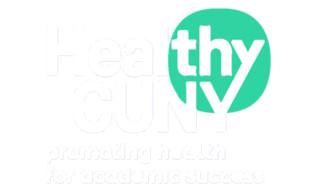By Chaamy Yapa
Stress is not only familiar to many of us as college students, but it almost feels like a companion since it lingers for longer than it should. But what if I told you there are ways to manage stress in a healthy manner? Say goodbye to procrastination, sleepless nights, and chaotic schedules. If you follow these simple strategies, you can manage any stressors that enter your academic pursuits and home life:
Organize yourself: One of the key reasons many students tend to stress is due to the pressure of daily demands and responsibilities. It can be extremely helpful to have an agenda and plan to manage your tasks effectively throughout the week. Try to prioritize your tasks based on deadlines and importance, to ensure all are completed in a timely manner. A to-do list can keep you in check and remind you of activities to complete daily. Despite the demands of school assignments and house errands, be sure to allocate time aside for rest and self-care as well. This can be on the weekends or evenings depending on your week-to-week schedule.
Establish boundaries: Sometimes, and especially as college students, we think we can be present to participate in every activity. However, that is not always possible, and it is completely okay to say “no” sometimes. You can learn to recognize where your limits are and set boundaries to avoid overcommitting to things you won’t have time for. Communicate your schedule to your friends, family, and others so that they can grasp a sense of when you have availability.
Create a Study Environment: To keep up with academic assignments, establish a secure study environment. The area where you choose to channel your inner student duties is critical as it can impact your productivity.
Don’t Be Afraid to Seek Support: If you see yourself falling behind in classes, don’t hesitate to find the appropriate help. Your campus is equipped with resource centers and professionals to assist you in tutoring, writing center help, etc. If you need someone to share your concerns with and just talk to, there are counselors at the counseling center and other mental health resources.
Mindfulness and Stress Reduction Techniques: Explore meditation, yoga, deep breathing practices or another form of physical exercise to release your stress. These methods are known to calm your mind and allow you to focus on the important parts of your life. This can help you to maintain a positive mindset and enable you to handle the weight of stress in a healthier manner.
All in all, balancing academic and home life is certainly challenging. However, with ahead of time planning and exploring effective stress reduction strategies, it will be much easier to manage stress and succeed in school. If you prioritize creating an organized schedule, and sticking to it, you can avoid unnecessary pressure and stress. Remember, everyone’s day-to-day life is different, and these are just a few examples of useful strategies. Find what works best for you and tailor to your needs. Let’s overcome stress together!
Chaamy Yapa is a CUNY CARES Navigator and a recent graduate of Macaulay Honors College at CUNY Baruch.
